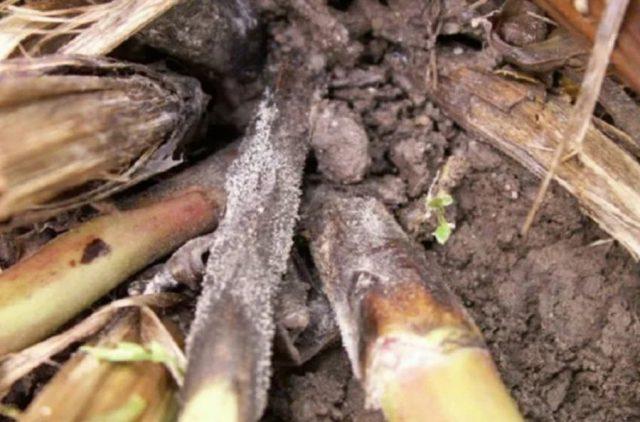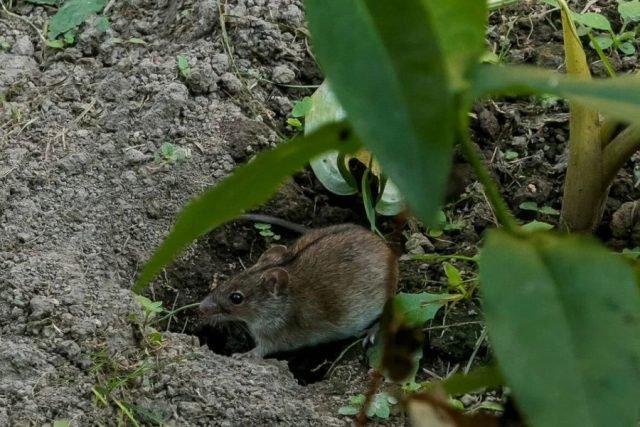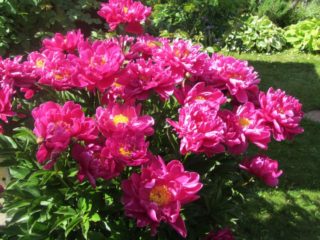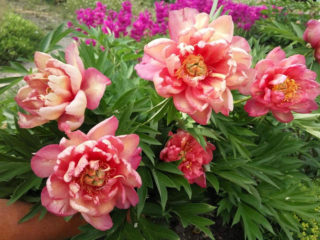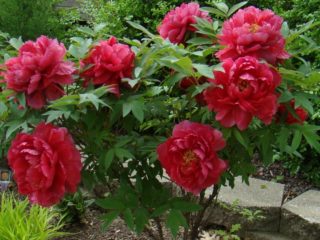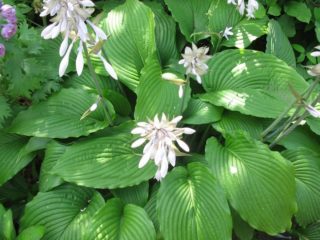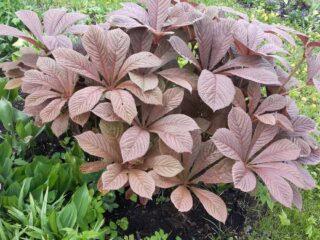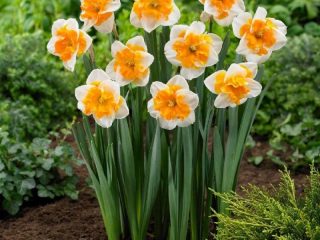Content
The corydalis flower is an unpretentious garden plant with a long decorative period. Planting a crop on a site is quite easy, but you must first study its characteristics and requirements.
Description of the corydalis with photo
Corydalis (Corydalis) is a herbaceous plant of the Poppy family. For the most part, the genus is represented by perennial varieties, but it also contains annuals.
What does a corydalis flower look like?
Corydalis has a straight, branched stem up to 30 cm in height. The leaves of the plant are double- or triple-pinnate, similar to the plates of a fern.The root system of the corydalis is powerful and well developed, with tuberous thickenings. The perennial accumulates a lot of nutrients in the underground part and, due to this, begins active vegetation in early spring.
The plant is valued not only for its decorative appearance, but also for its rich composition. Corydalis is actively used by folk medicine in the preparation of decoctions and infusions. The plant is a good honey plant and attracts beneficial insects to the site.
Where does corydalis grow?
China is considered the birthplace of the perennial, but currently the crop grows throughout the entire Northern Hemisphere in a temperate climate. It settles most often in deciduous forests in warm and illuminated areas, usually found in large groups.
When does corydalis bloom?
The decorative period of the garden corydalis flower depends on the specific variety. But most varieties bloom from March to May. Some varieties bloom in early summer.
The buds remain on the shoots for an average of about three weeks. After this, the plant forms fruits - dry, pod-like boxes with seeds inside.
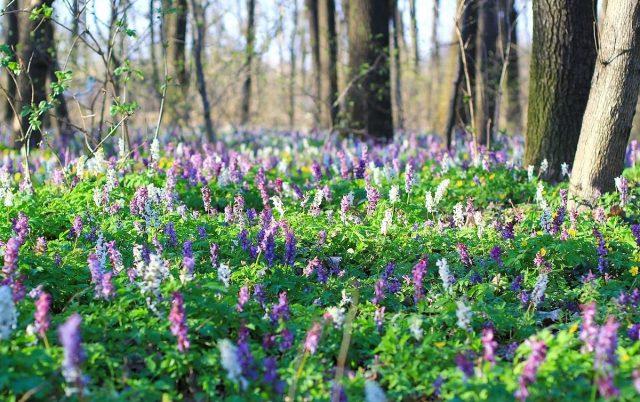
Corydalis blooms earlier in sunny warm areas than in the shade, but the decorative period ends sooner
Medicinal properties of corydalis
The healing properties of corydalis extend to many systems of the body. The plant has a rich composition, so it is used for the preparation of medicinal preparations. When used correctly, raw materials:
- has a beneficial effect on the nervous system and has a calming effect;
- reduces blood pressure;
- helps stop diarrhea;
- fights infections and inflammation;
- regulates hormonal levels in women;
- improves the condition of the stomach and intestines;
- protects the liver from diseases;
- removes waste and toxic substances from the body;
- prevents the development of oncology;
- improves heart function and strengthens blood vessels;
- has a mild analgesic effect.
The flower promotes the healing of wounds and cuts, accelerates the regeneration of skin and mucous membranes. The plant is used for bruises and injuries, as well as for bleeding.
Use of corydalis in medicine
Corydalis is good for health, is included in many pharmaceutical preparations and is popular in folk medicine. The plant is used to treat:
- inflammation and infections;
- hormonal disorders;
- disruptions of the menstrual cycle;
- chronic headaches;
- liver cirrhosis;
- liver and kidney diseases.
The beneficial properties of the corydalis flower improve the condition of Parkinson's disease and Tourette's syndrome, help get rid of increased excitability and eliminate insomnia. Plant-based preparations are used for injuries to soft tissues, ligaments and joints to relieve discomfort.
Types and varieties of corydalis
Photos of spring corydalis show that there are quite a few varieties of the plant. There are several popular varieties of the crop.
Dense (Corydalis solida)
The perennial plant reaches 20 cm above the ground. It has a dense but compact tuber and blooms with purple-pink buds.
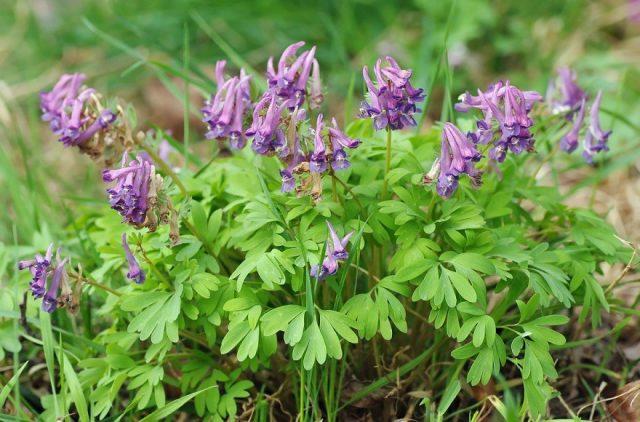
Dense corydalis flowers reach 2 cm in diameter
Winding (Corydalis flexuosa)
The shade-tolerant plant blooms with pale blue or blue buds, whitish on the inside. It has straight stems and horizontal rhizomes and is shade-tolerant. It is recommended to plant the plant on well-moistened soil.
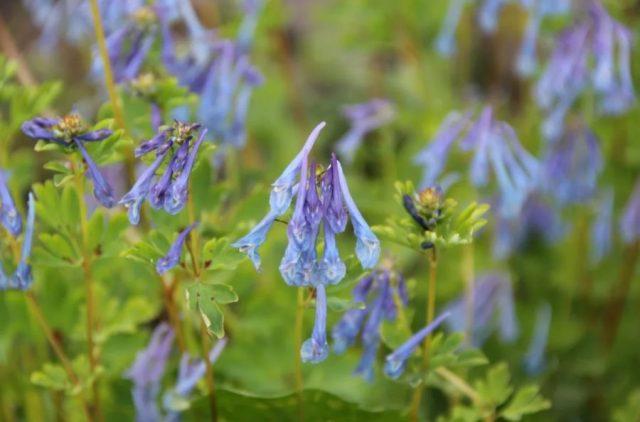
The twisting corydalis blooms from April to June
Yellow (Corydalis lutea)
A popular variety up to 40 cm tall blooms all summer and most of the fall - from May to October. Bears beautiful and bright yellow buds.
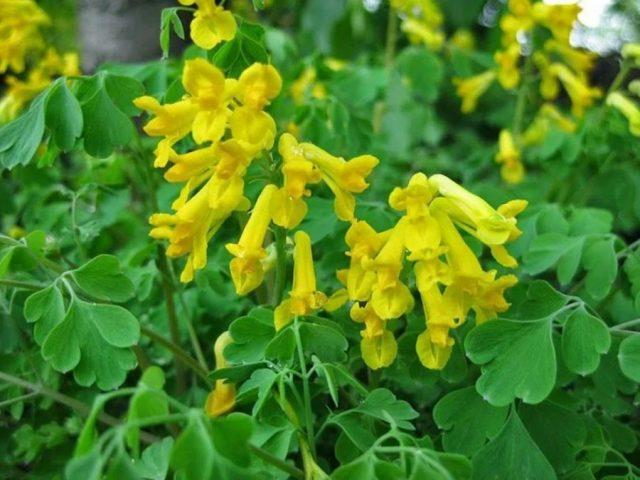
Yellow corydalis is often used for planting in rock gardens
Hollow (Corydalis cava)
The perennial plant blooms with red, white or purple buds, collected in loose inflorescences. The decorative period lasts from March to May. Usually buds appear on the shoots even before the leaves bloom. The hollow corydalis was named so due to the structural features of the tuber - there are unfilled cavities inside it.

The hollow corydalis grows up to 30 cm
Noble (Corydalis nobilis)
The tall variety of the plant has dark green leaves. Brings yellow buds with an expressive purple edging; the decorative period begins in May. The rhizome of the crop is powerful, branching, the plates are oblong with a sharp or blunt tip.
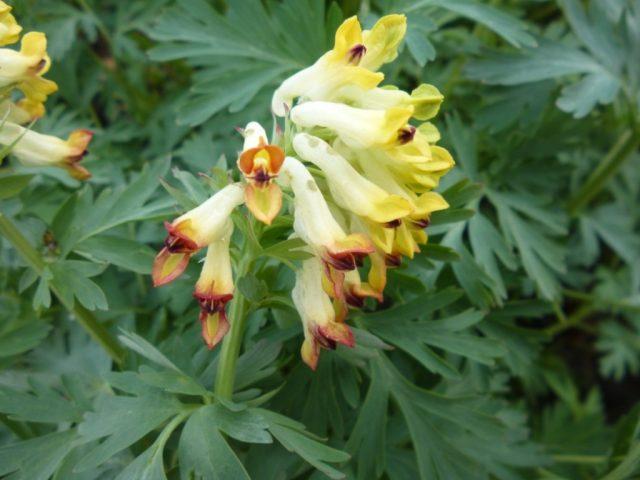
The noble corydalis reaches a height of 80 cm
Ledebouriana (Corydalis ledebouriana)
The corydalis primrose flower has a flattened tuber up to 6 cm in diameter. The leaves of the variety are almost devoid of petioles. Inflorescences are formed on stems up to 20 cm high, the buds have a pink or purple tint. A gray eye with a white spot is visible in the core.
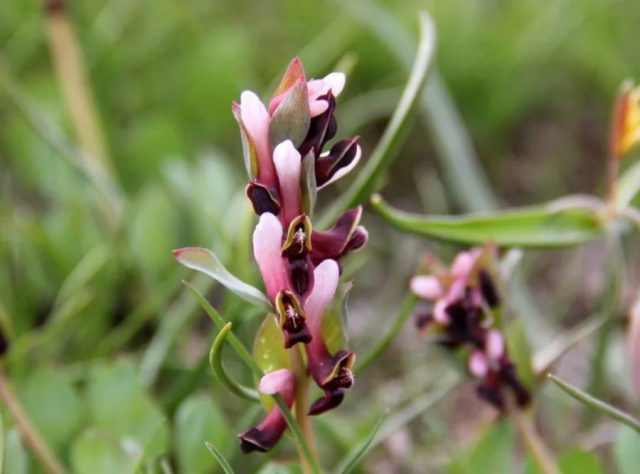
Ledebour's mountain corydalis is found in Central and Central Asia
Large bract (Corydalis bracteata)
The height of Corydalis macrobract is about 25 cm above the ground. During the decorative period, the plant throws out a long stem that rises up to 40 cm above the ground.The flowers of the variety are quite large, yellow in color, collected in clusters at the tops of the shoots. One inflorescence can consist of 30 buds. The plant is found naturally in Transbaikalia, Altai, Irkutsk region and Krasnoyarsk region.
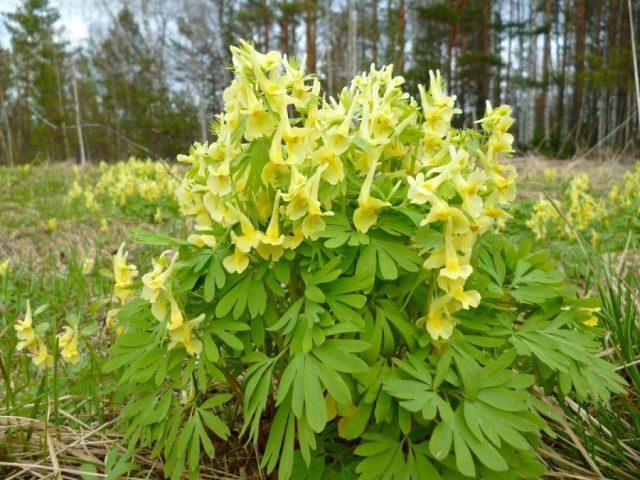
Flowering of large bracted corydalis occurs from late April to June
Siberian (Corydalis sibirica)
The herbaceous plant is widespread in the Far East and Siberia, Altai and Yakutia. It settles mainly along roads and ditches, sometimes found on burnt areas and pebbles. It has branched, faceted stems and blooms with yellow buds collected in raceme inflorescences.
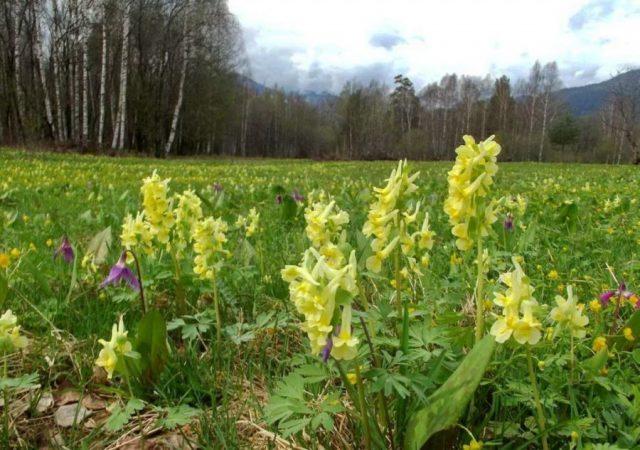
The Siberian corydalis reaches 70 cm in height
Planting and caring for corydalis in open ground
Planting bulbous corydalis and caring for it are not associated with great difficulties. Culture propagation usually begins from mid-June to September. Most varieties by this time have already finished flowering and go into a dormant state.
The site in the country for the plant is selected in accordance with the variety. Mountain corydalis prefer sunny places with light, well-drained soil. Forest species grow best on nutritious humus soils in light shade. Moreover, any varieties prefer slightly acidic or neutral soil, and develop poorly in alkaline areas.
You need to plant corydalis in open soil according to the following algorithm:
- The selected location is dug up and sand or crushed stone is added to the soil to increase looseness.
- Prepare small holes up to 20 cm deep for the flower.
- Half fill the holes with nutritious soil with the addition of humus.
- Carefully place the seedlings in the center of the recesses and straighten the roots to the sides.
- Sprinkle the voids with the remaining soil and moisten the plant abundantly.
After planting the crop on the site, it is recommended to mulch the soil with compost or sawdust. This will slow down the evaporation of moisture and contribute to the rapid establishment of the flower.
Caring for perennials in the country comes down to a few simple steps:
- Watering. The ornamental crop requires moderate moisture, but does not tolerate waterlogging. The plant needs to be watered during the first time after planting and during periods of prolonged drought. Slightly lukewarm water is introduced into the soil, previously standing in the sun.
- Feeding. Only forest species of plants need fertilizers - in the spring they are watered with mullein infusion, and during flowering mineral preparations are added. It is usually not necessary to feed the mountain corydalis; it develops better on poor soil.
- Loosening. After each watering, the soil at the roots should be lightly turned with a rake. This will improve the breathability of the soil and prevent the development of weeds.
In temperate and harsh climates, with the onset of autumn, the flower is mulched with a thick layer of dry leaves and covered with spruce branches to protect it from frost and cold wind. In the southern regions, there is no need to build a complex shelter; it is enough to simply insulate the flowerbed with compost.
Reproduction of Corydalis
There are two ways to propagate corydalis in the country. Usually the crop is grown from seeds or planted around the site using division. For rare varieties it is better to use the second method. It allows you to fully preserve the decorative features of the plant.
Sowing seeds
To grow corydalis from seeds, slightly unripe grains are used.They are collected at the moment when they are already turning black, but the fruit box is still green.
The seeds are treated with a manganese solution against diseases, washed and sown in a nutrient substrate in a small container. Before winter, the crop is germinated in a warm but slightly shaded place. Then the container is transferred to a bright and cool room. Grown seedlings are planted in open ground only next spring.
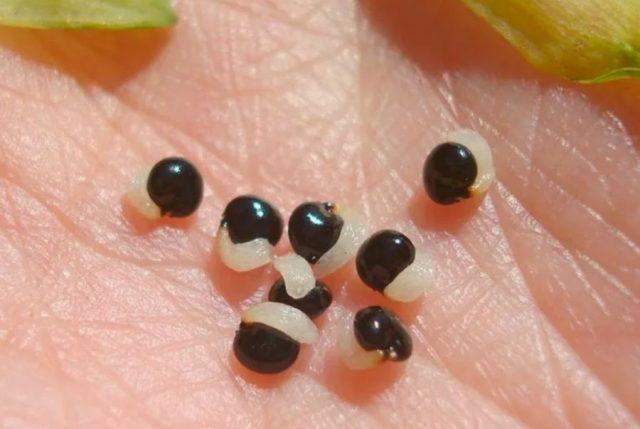
Corydalis seeds begin to lose their viability within a week, so sowing cannot be delayed for a long time
Division
An adult perennial is propagated by division before or after flowering. The plant is carefully dug out of the soil and cut along the rhizome so that at least one renewal bud remains on each seedling obtained. The cuttings are immediately transferred to separate holes on the site, covered with nutrient soil and watered properly.
Diseases and pests
The culture demonstrates high resistance to fungi and pests. But the danger for her is:
- root rot - the affected plant stops developing, leaves and stems begin to darken and wither;
To prevent root rot, avoid waterlogging of the soil.
- mice - rodents damage the roots and lead to the death of the flower.
You can get rid of mice on your property using poisoned baits.
Proper agricultural technology helps protect the plant from diseases. It is necessary, first of all, to control the intensity of watering, and also not to fertilize too often. If there are symptoms of fungi, the flower is sprayed with copper preparations - Bordeaux mixture, vitriol or Fundazol.
How to get rid of corydalis in the garden
The perennial crop often propagates by self-seeding and turns into a malicious weed. At the same time, getting rid of corydalis in the garden is not so easy - it is capable of scattering seeds over long distances.
Usually the plant is removed from the site according to the following scheme:
- Completely weed the garden of adult flowers, trying to remove them from the soil along with the rhizome.
- Carefully dig up the area to destroy the remains of the plant's underground system.
- Spray the soil with any herbicide.
- In the fall, cover the area with agrofibre or film and leave it until spring.
Chemical soil treatment gives good results. But it will be possible to plant cultivated plants and flowers no earlier than next year, since herbicides slowly disintegrate in the soil.
Corydalis in landscape design
In summer cottages, corydalis is usually used to create borders and to plant flower beds in the foreground. The culture goes well with snowdrops and hyacinths, crocuses and tulips. The plant can be placed on crumbling slopes - in this case, the perennial will help stop soil erosion.
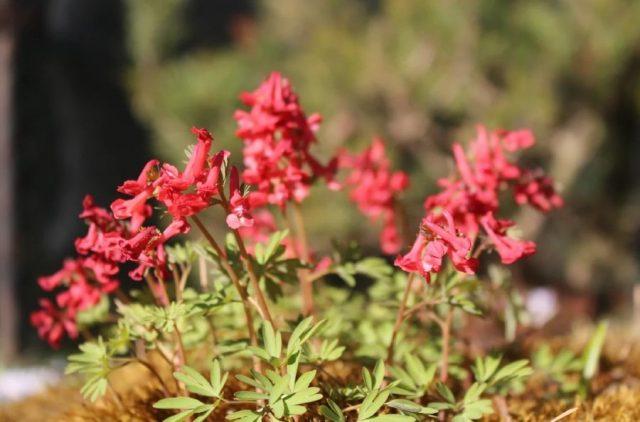
Corydalis can be planted in the tree trunks to enliven the landscape
Conclusion
The corydalis flower is a beautiful plant for a summer cottage with minimal care requirements. The perennial does not need complex care, but shoots with buds should be trimmed in time during the flowering period to prevent the crop from self-seeding.
Reviews about the corydalis flower
